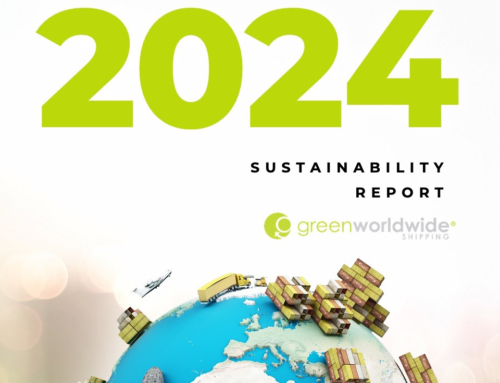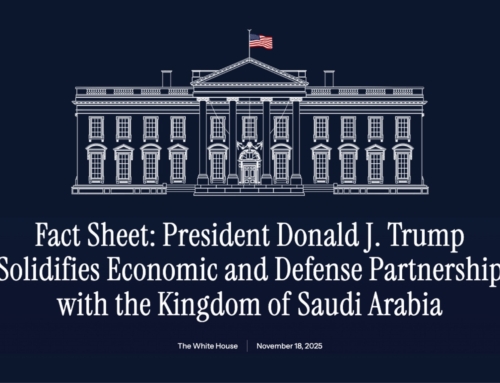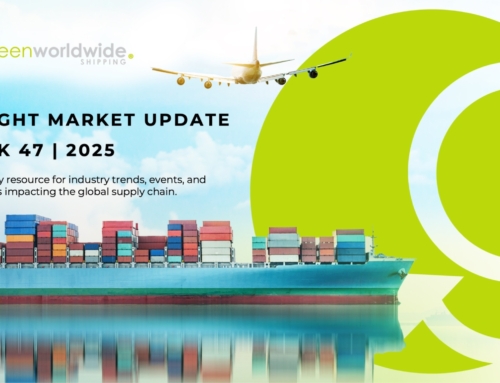The United States and the Republic of Korea have entered a new stage of cooperation focused on technology, research, and advanced manufacturing. Their Technology Prosperity Deal (TPD), signed in Seoul on October 29, 2025, builds on a series of existing science and industry partnerships. The agreement was accompanied by several major investment announcements that signal the growing depth of the U.S.–Korea economic relationship.
WHAT IS THE PURPOSE OF THE TECHNOLOGY PROSPERITY DEAL?
The TPD sets a shared framework for expanding joint research, encouraging innovation, and protecting sensitive technologies that underpin modern industry. It calls for collaboration in emerging fields and a coordinated approach to standards and policy across the Pacific. By design, the framework links research institutions, private-sector partners, and ministries in both countries to accelerate applied science while ensuring that advances remain secure and commercially viable.
HOW WILL THE AGREEMENT ADVANCE INNOVATION AND TECHNOLOGY LEADERSHIP?
Artificial intelligence, quantum research, biotechnology, and next-generation communications form the core of the deal. The two governments are developing consistent AI policy approaches and expanding cooperation between the U.S. Center for AI Standards and Innovation and the Korea AI Safety Institute. This partnership will guide shared standards for responsible use of advanced models and data systems.
The agreement also broadens joint work on research security and intellectual-property protection, helping both sides guard critical technologies. In biotechnology and quantum development, agencies will coordinate to strengthen supply networks for pharmaceuticals and advanced materials. Telecommunications is another focus area: joint projects on 6G and radio access network technology aim to create interoperable and trusted connectivity platforms. In space, cooperation will continue through Korea’s planned contribution to NASA’s Artemis II mission and related satellite and orbital-safety programs.
HOW DO THESE AGREEMENTS SUPPORT INDUSTRIAL AND ENERGY INVESTMENT?
Official summaries show that the state visit produced large-scale commercial commitments in aviation, energy, and heavy industry. Korean Air will acquire 103 Boeing aircraft worth $36.2 billion, together with a separate $13.7 billion order for GE Aerospace engines. The Republic of Korea Air Force selected L3Harris Technologies for a $2.3 billion airborne warning and control program that is expected to support roughly 6,000 U.S. jobs.
In the energy sector, Korea Gas Corporation signed multi-year contracts for 3.3 million tons of U.S. liquefied natural gas annually. Centrus Energy, KHNP, and POSCO International announced plans to expand uranium-enrichment operations in Piketon, Ohio. LS Group will invest about $3 billion to strengthen U.S. grid infrastructure, including construction of a $681 million undersea-cable facility in Virginia.
HOW WILL THE DEAL IMPACT MANUFACTURING AND MARITIME INDUSTRIES?
Industrial cooperation extends to shipbuilding and maritime logistics. HD Hyundai and Cerberus Capital Management plan to invest $5 billion in modernizing U.S. shipyards and upgrading production lines. Samsung Heavy Industries will collaborate with Vigor Marine Group on vessel construction and maintenance programs, while Hanwha Ocean intends to expand its operations at Pennsylvania’s Philly Shipyard through a $5 billion project that will significantly increase capacity.
Stay up-to-date on freight news with Green’s Weekly Freight Market Update by following us on LinkedIn. For continuous updates, make sure to check out our website at greenworldwide.com.





